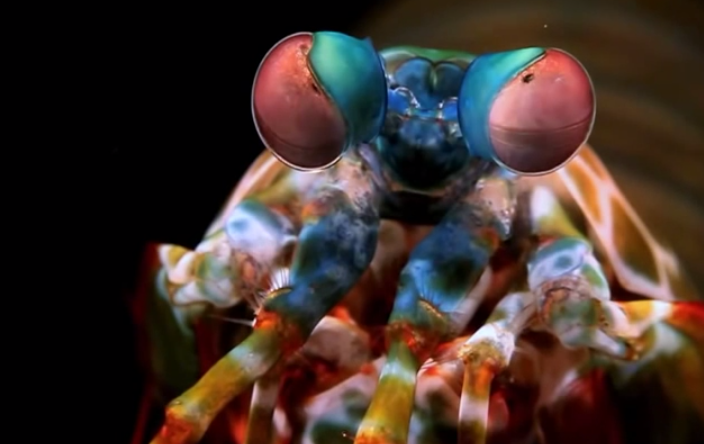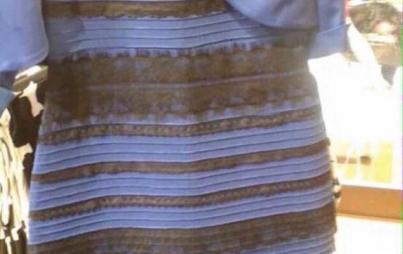
I have to admit something—I've been really reluctant to get on the whole Cosmos bandwagon thing; I am just, like, so into Carl Sagan's '70s, turtleneck and blazer shit ya know? And his marble-mouthed voice waxing poetic on stardust just felt so right. Neil Degrasse Tyson has channeled Sagan's sheer joy of the Cosmos and all the creatures in it, but he's just such a ham. I almost want to tell him to be just a little more coy in how happy he is to share with science-love. All that earnestness makes me uncomfortable.
But I digress.
Recently I learned about our amphibuous ancestors vis-a-vis Cosmos and had my little brain blown. So here it goes:
When our amphibious ancestors left the water for the land their eyes, exquisitely evolved to see in water, were lousy for seeing in the air. Our vision has never been as good since. We like to think of our eyes as state of the art, but 375 million years later, we still can't see things right in front of our noses.— Neil Degrasse Tyson
One of the most badass of these ancestors was the mantis shrimp. I'm gonna go ahead and say God was like a little too high when he started designing this crustacean. This fucking thing has 16 different photoreceptors—12 just for color sensitivity. (We only have three: blue, red, green.) Their vision is so tripped out it receives polarized light (still not sure how to explain that) and multi-spectral images, which basically means they can extract more visual information than our piddley human eyes could ever dream of.
Oh. Also all their eyes are mounted on mobile stalks and operate completely independently of each other. All in all? They have the most complex eyes of any creature in the animal kingdom. While its hard to imagine exactly what it might be like to see the world through the eyes of a mantis shrimp, I'm imagining it's basically like a psychedelic acid dream rotoscoped across the ocean floor.
And! Because no nature topic is complete without a little s-e-x talk, I'd like to tell ya about their mating rituals—which, of course, are a visual splendor unto themselves. When mantis shrimp want to get. it. on. they actively fluoresce their bodies in wild waves of colors—the wavelengths of which match the colors detected by their eye pigments.
While scientists believe these hyper-sensitive eyeballs enable the mantis shrimp to hunt with uncanny accuracy and elude nasty visually-tricky predators like the shimmery-scaled barracudas, I prefer to think that God was like, "It's hard out here for a bitch. I'm gonna toss this foot-long crustacean a bone and make sure his days are never boring."






